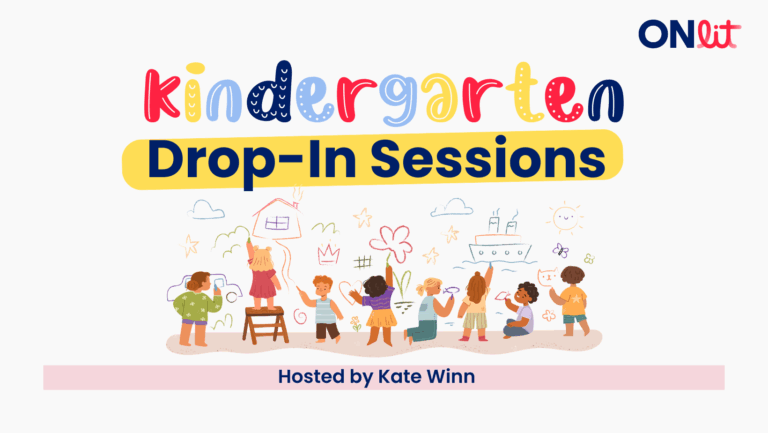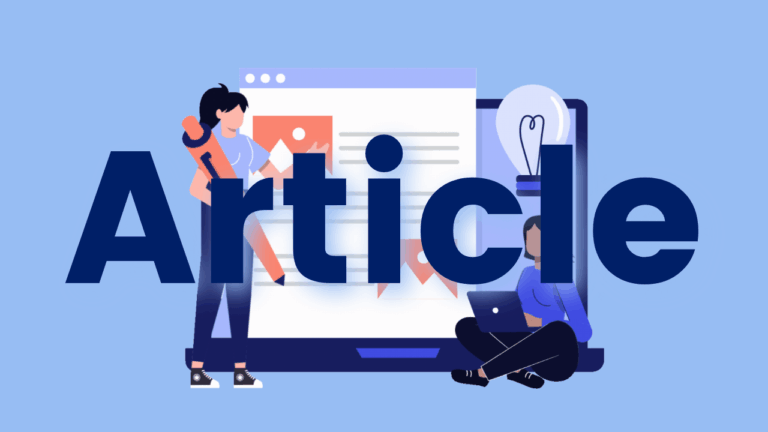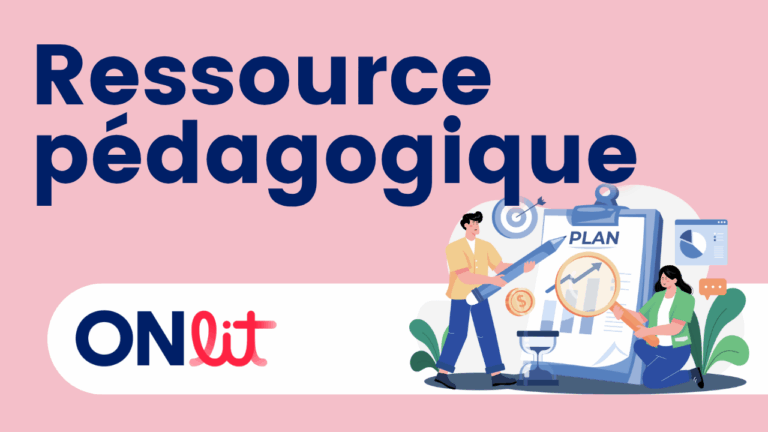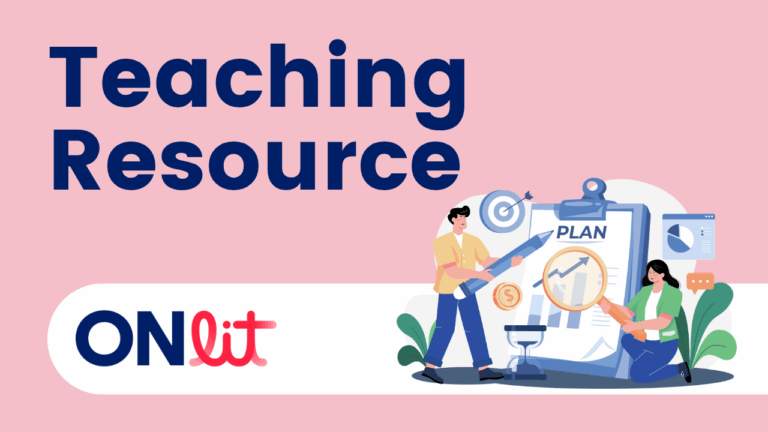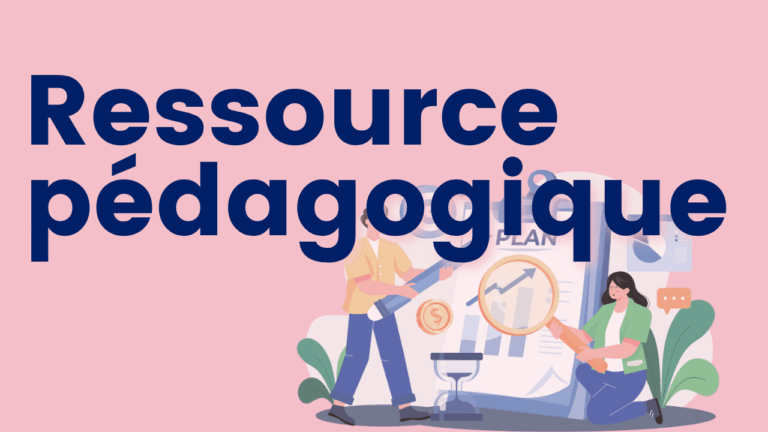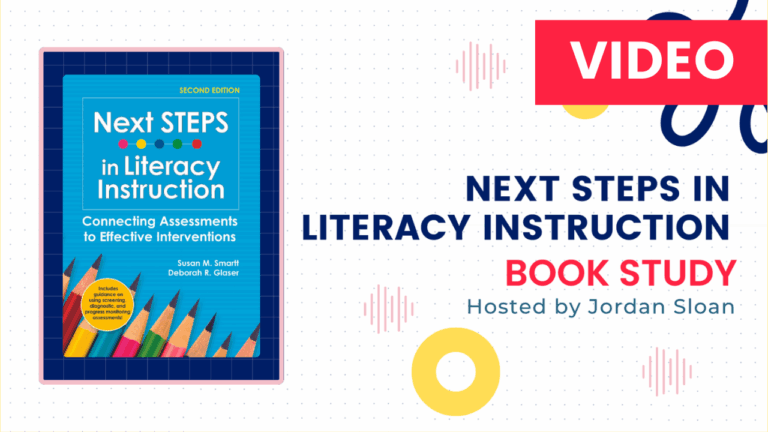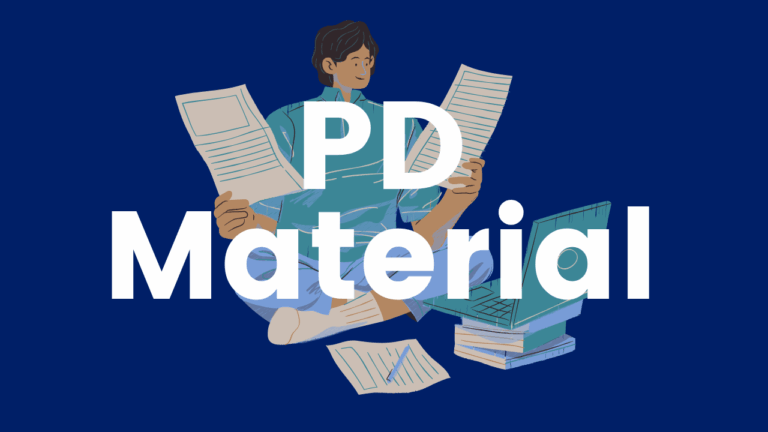Kindergarten Drop-In Recordings
Catch up on these ONlit Kindergarten recordings with Kate Winn and the ONlit Kindergarten team. Each session featured a brief presentation focusing on a different key Kindergarten topic, from oral language and vocabulary development to phonemic awareness and using screening data to guide instruction. The sessions offered practical strategies and insights to support every child’s…

